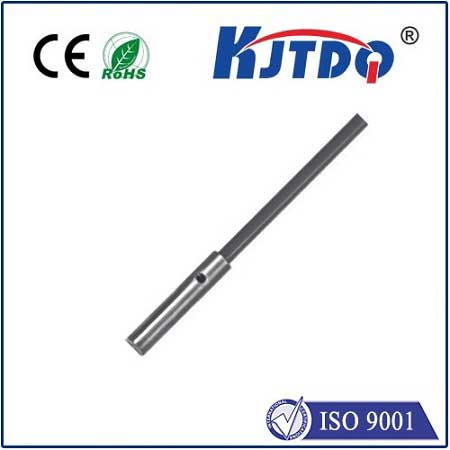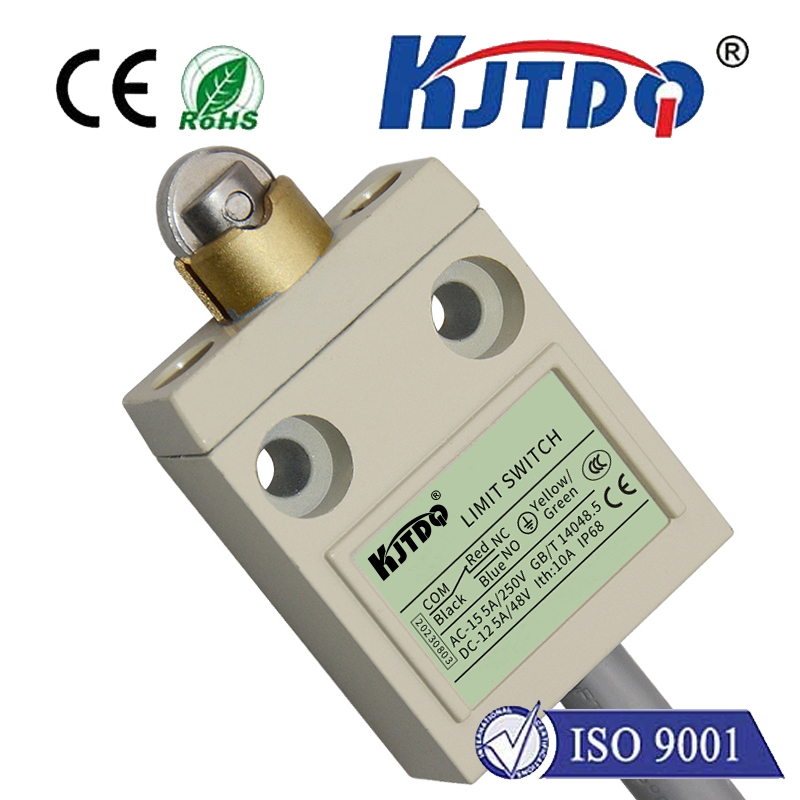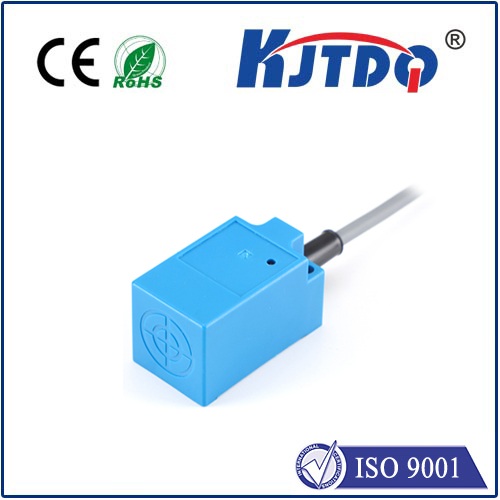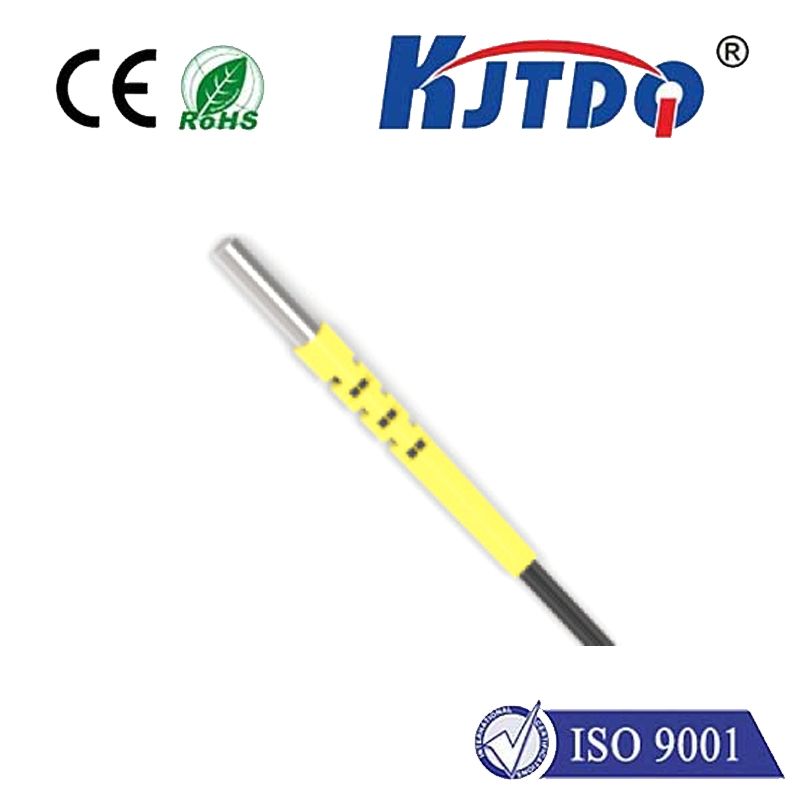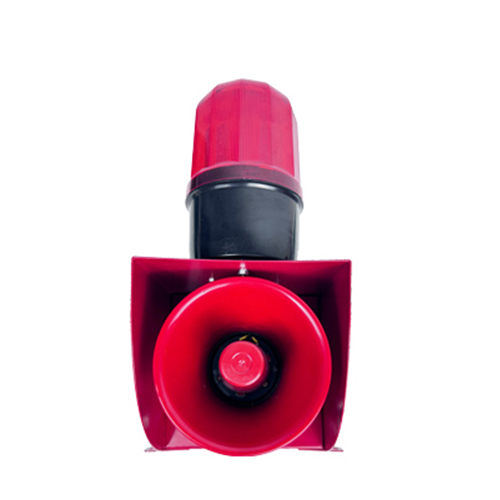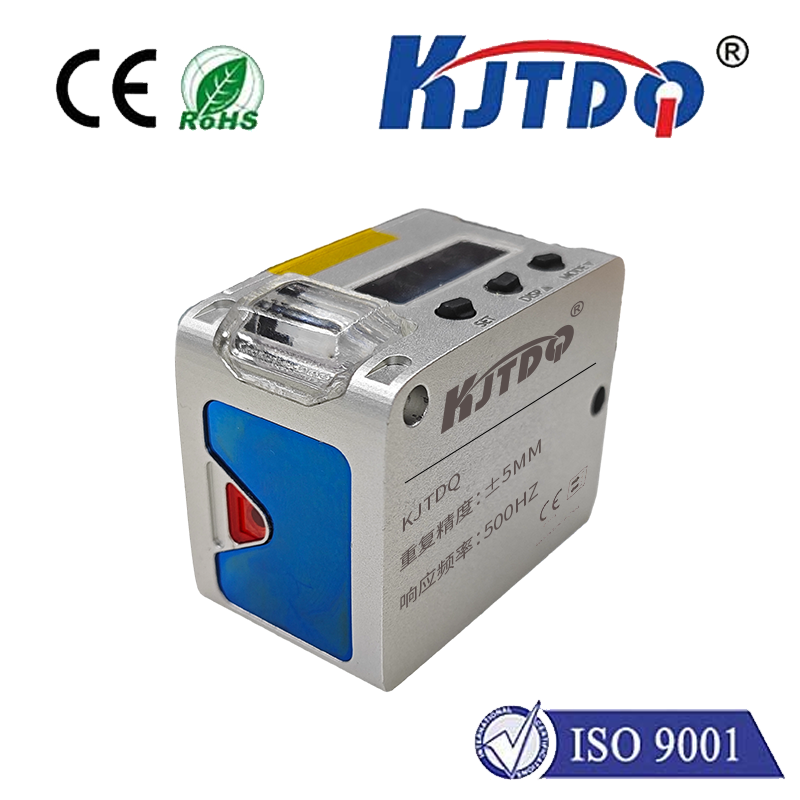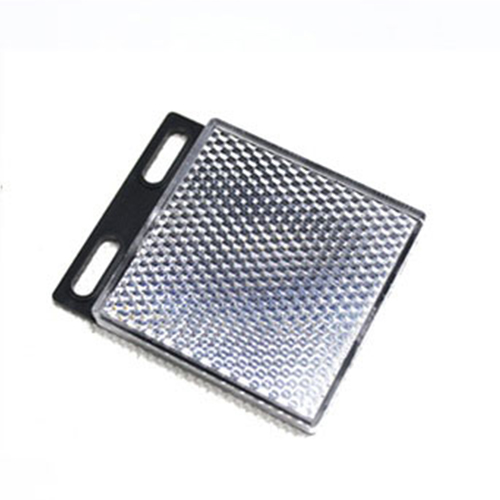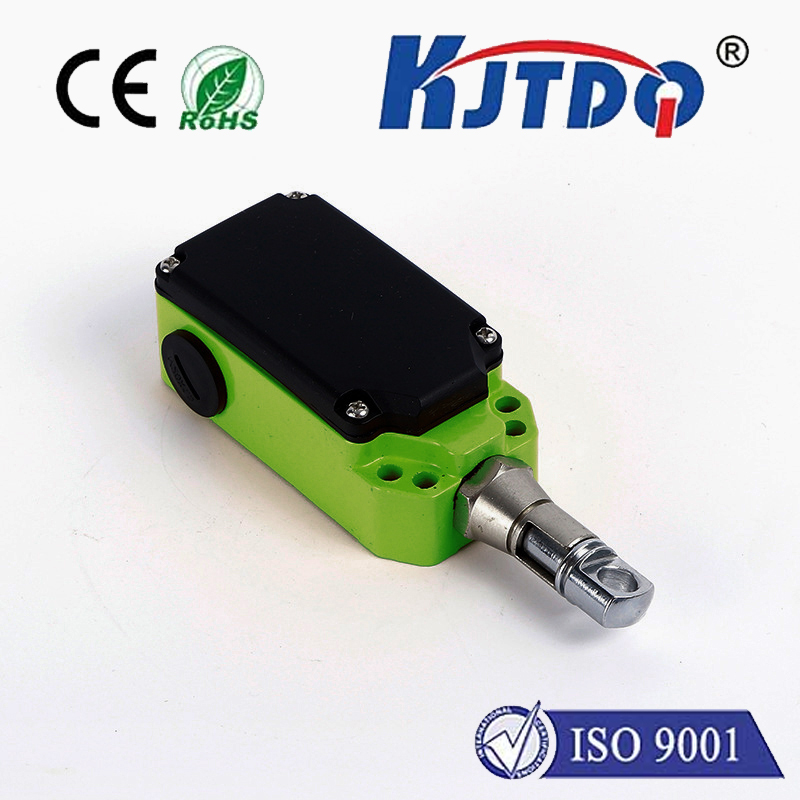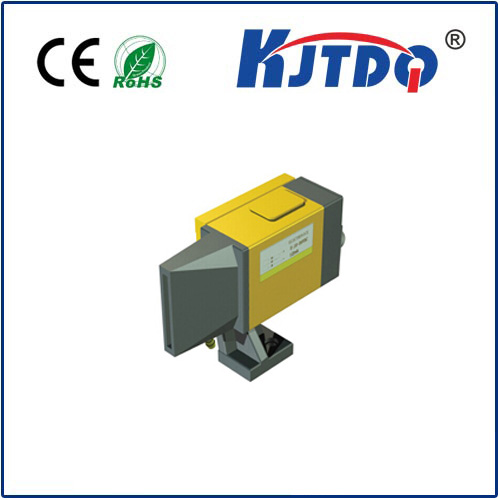

check

check

check

check

check

check

check

check

check

check
In the realm of modern technology, the photoelectric eye sensor stands out as a remarkable innovation. This device utilizes the principles of optoelectronics to detect changes in light levels and convert them into electronic signals. With its diverse applications spanning from manufacturing processes to security systems, the photoelectric eye sensor has become an integral component of our technological landscape.
The functionality of a photoelectric eye sensor is grounded in its core components: an emitter, which sends out light beams, and a receiver, which captures these beams. When an object interrupts this beam of light, the receiver registers the change and triggers a corresponding response. This seemingly simple mechanism powers a myriad of complex systems, showcasing the versatility and importance of photoelectric sensing technology.

One prominent area where photoelectric eye sensors shine is in industrial automation. In manufacturing plants, these sensors are used to monitor production lines, ensuring that objects move along conveyor belts at the correct pace and with the right alignment. By detecting any irregularities or blockages, they can alert operators to potential issues, thus reducing downtime and increasing efficiency.
Security systems also heavily rely on photoelectric eye sensors. Intrusion detection systems incorporate these sensors to guard against unauthorized access. Whether it's a commercial facility or residential property, the presence of a photoelectric eye sensor helps maintain a secure environment by triggering alarms when an intruder disrupts the light beam.
Beyond these practical applications, photoelectric eye sensors have found their way into everyday consumer products too. From automatic door sensors to printer paper alignment, these devices make our lives more convenient and efficient. They are silent workers behind the scenes, often taken for granted yet essential for smooth operations.
The significance of photoelectric eye sensors extends beyond their individual functions to how they contribute to larger trends in technology. As we move towards smarter homes and more automated industries, these sensors play a crucial role in making intelligent machines even smarter. Their ability to seamlessly integrate into various systems speaks volumes about their adaptability and importance in future technological advancements.
In conclusion, the photoelectric eye sensor is more than just a gadget; it's a foundational element of modern technology. Its applications in industry, security, and consumer goods highlight its versatility and value. As we continue to push the boundaries of what's possible, the photoelectric eye sensor remains a testament to human ingenuity and our quest for greater control over our environment. By understanding its workings and appreciating its impact, we open the door to even more sophisticated technologies that promise to shape our future.
